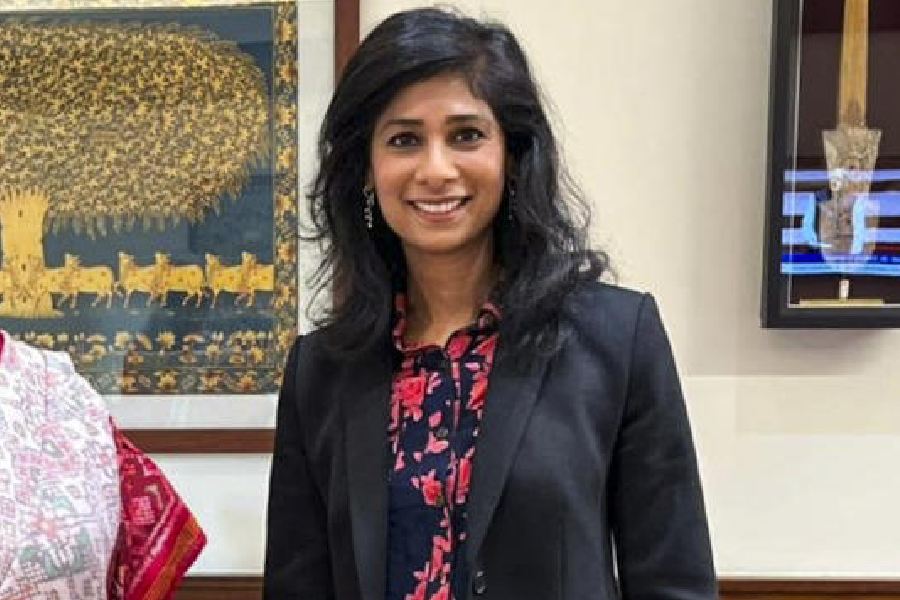The integration of technology and rapid growth of digital channels has helped the Indian mutual fund industry transform in the last few years. The industry today is miles ahead of what one could have imagined when it started taking root in India almost 30 years ago.
The Indian MF industry had to start from scratch by spreading awareness about mutual funds, creating the necessary channels and regulations for people to invest their money and educating them about the importance of this investment avenue. An entire attitude shift and change in perception has been brought about wherein the narrative has evolved from mutual funds being ‘Risky Hai’ to ‘Sahi Hai’.
According to a recent report, there were 1.85 crore mutual fund investors in the country in November 2021. This is a direct result of the awareness programmes initiated by government bodies and mutual fund houses themselves.
Riding on the back of multiple initiatives undertaken by regulatory bodies to ensure investor protection and improve operational efficiency in the country, we have seen a significant uptick in the number of investors. Penetration of mutual funds in cities beyond the top 30 is slowly but steadily increasing. Let us take a look at some of these initiatives:
Evolution of the riskometer
Whenever you open a scheme-related document, one of the first things you will see is a semicircle with an arrow pointing towards the ‘Risk’ levels associated with that particular fund.
In 2015, Sebi introduced the Riskometer as a benchmark of risk in the given scheme. Prior to that, fund houses would colour code risk in blue, yellow and brown to indicate low, medium and high risk, respectively.
The Riskometer introduced back then, however, did not capture the granular risks associated with mutual fund schemes. Sebi further refined it to identify and classify risk under low, low to moderate, moderate, moderately high, high and very high risk based on their individual categories.
In August 2021, Sebi issued a circular to determine risk based on actual underlying holdings of a fund, recognising market capitalisation, volatility and liquidity in the Riskometer.
Over the years, it has worked well on the equity as well as debt side.
Dual benchmark
For the uninitiated, the benchmark of a mutual fund scheme represents the index against which the performance is measured. It provides a predictive value of the expected returns and risk versus the actual figures.
A few years ago, Sebi had introduced standardisation in investible stocks or bonds for each fund category. However, it was difficult to compare scheme performance as there are different benchmarks for different schemes under a single category.
To bring in a sense of uniformity, Sebi has introduced a diktat that open-ended mutual fund schemes from some categories will sport a dual benchmark, effective January 2022.
These two benchmarks would be the standardised index (primary benchmark reflecting the broader fund category) and a bespoke index (a secondary benchmark reflecting the investment style/strategy of the scheme).
Although not all funds will have a dual benchmark, it will certainly help the investor understand all the risks involved before selecting the fund.
Adoption of cities
Mutual fund houses were urged to adopt different districts/cities in India to not only boost their offerings and expand base but also increase penetration of mutual funds at large.
One of the key reasons to take forward this activity was to create awareness amongst small investors and cushion them against the risks of directly investing their money.
Initiatives by AMFI
AMFI has taken several step to ensure complete transparency between retail investors and fund houses about the risks, rewards and expectations.
⚫ National distributors and IFAs: Sebi keeps modifying the norms for National Distributors and IFAs so that they do not take any undue advantage of the retail investor. Right from the nomenclature they use to represent themselves to holding a certified licence to recommend funds, the safety of the investor has been kept at the core of all initiatives
⚫ Expanding geographical base: A large part of India’s population stays beyond the metros. In order to reach out to these investors, the industry had to undergo a complete re-boot. Campaigns such as ‘Mutual Funds Sahi Hai’ helped create confidence. Reduction in jargons, enhancing investor awareness and simplification of on-boarding processes were instrumental in increasing geographical base
⚫ Investor awareness programmes: Since May 2010, various mutual fund houses have been hosting awareness programmes. They are aimed at communicating the benefits of investing in mutual funds and explaining all the potential risks and returns.
Despite these promising figures and initiatives, it seems that we have barely scratched the surface when it comes to the penetration of mutual funds in India. The next two years hold promise for this industry. As India’s millennial force will come into play with their increased consumption and high disposable incomes, their urge to invest money for long term wealth creation will be a crucial factor for the mutual fund industry to leverage. Active interest from the retail audience will help increase our penetration to levels seen in developed nations.
The writer is chief business officer, Axis AMC











